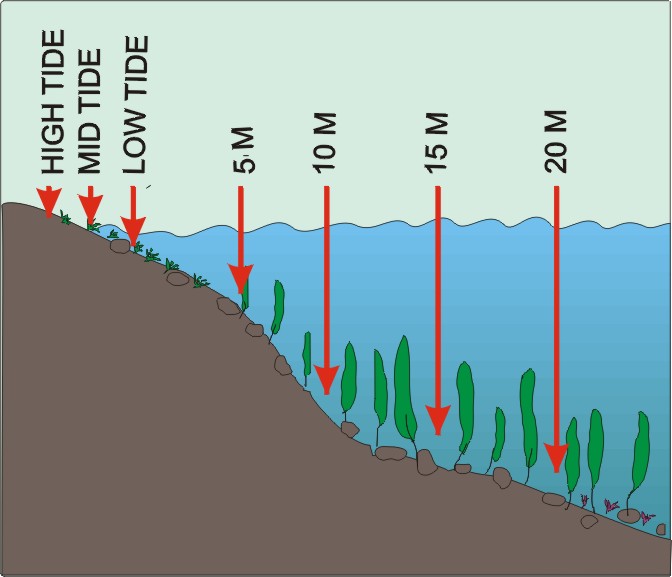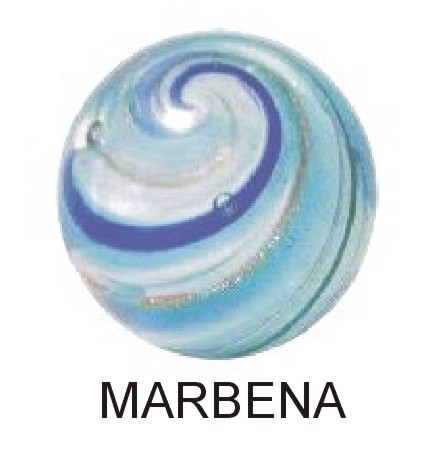- rocky sea shores
 |
- three sampling sites in each geographical area
- samples taken at high tide, mid tide, low tide, 5 m, 10 m and (optionally) 15 m and 20 m
- 5 replicates at each depths
- a replicate consist of: 1mx1m frame - estimaton of macroalgae coverage, 0.5m x 0.5 m frame - sample of macroalgea,
0.25 m x 0.25 m frame- sample of macroalgae and benthos
|
- sea grasses
 |
-
three sampling sites in each geographical area
- 5 replicates located in the center of the sea-grass patch
- a replicate consist of: 5 cm diameter core for sea grasses and
macrofauna and 2 cm diameter core for meiofauna
- macrofauna sieved on 0.5 mm sieve, meiofauna sieved on 0.063 mm
|
- link to protocols at NaGISA web page
|



